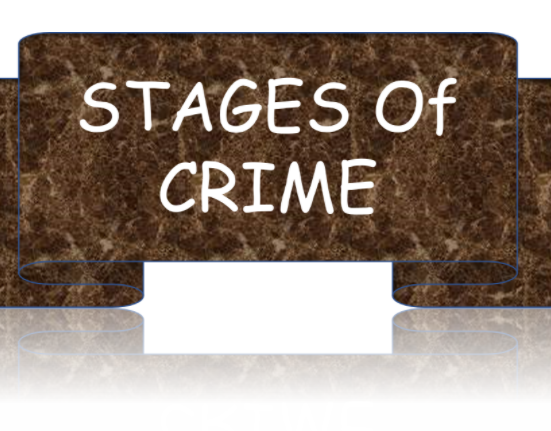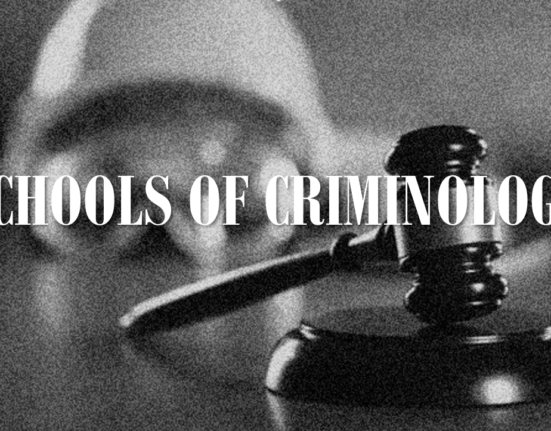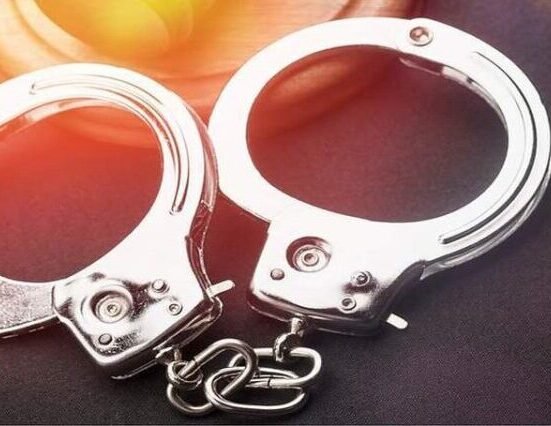This Article “Different Parts of the Criminal Justice System” is written by Naphtal. He is a highly experienced content writer.
Introduction: Different Parts of the Criminal Justice System
The criminal justice system helps enforce laws that ensure public safety by delivering justice to those who commit crimes. Different entities including government bureaus and private agencies collaborate to maintain order in the country.
There are many moving parts in this system, but the three major parts of the criminal justice system are:
- Courts
- Law enforcement
- Corrections
These basic structures make up the criminal justice system and work together to deal with lawbreakers at different stages to correct and punish criminal activities. A basic understanding of these structures is not only useful to lawyers and lawmakers, but all citizens.
The History of The Criminal Justice System
Most criminal justice systems are derived from medieval England and the Roman Republic. That is why there are some laws derived from Latin that continue to be used in different courts to date. Concepts such as execution and restitution are derived from ancient and medieval times.
Incarceration in the 1800s became widely acceptable with many leaders adopting the prison system. Although ancient punishments like mutilation, branding, and flogging have been discarded, society still upholds the concept of exile.
Leaders and citizens have developed sensibilities and a deeper understanding of crime, and its roots, as the times change. However, the criminal justice system still deems it necessary to separate criminals from society.
In ancient times, criminals would be exiled by getting sent away and threatened with death if they returned. In a civilized society, criminals are exiled by confinement in the prison system. This is where the three basic structures work together to decide how to deal with criminals at different stages starting from arrest to imprisonment.
Law Enforcement
This is the front pillar of our criminal justice system. It includes:
- Police
- Sheriffs
- Criminal investigators
- Deputies
- Law enforcement
- Government agents
- Detectives
Law enforcement works by investigating and gathering evidence against criminals and reporting incidences of crime. Agents in law enforcement can also detain criminals and testify in courts where necessary.
The primary goal of law enforcement is to maintain order in society by protecting citizens and arresting any offenders suspected of breaking the law. Law enforcement is divided into federal, state, and local levels.
Federal officers have a broader scope and can handle domestic and international crimes while state and local officers have a smaller range covering counties, cities, or municipalities. Internal hierarchies are strictly observed even as law enforcement officers work towards taking criminals to court.
Courts
The court system comprises judges, juries, attorneys, and ancillary staff. The judges oversee court proceedings which determine whether the suspect is guilty or innocent. When they arrive in court, the suspect becomes a defendant and gets the opportunity to defend themselves.
Judges must ensure that the rule of law is upheld as they adjudicate court proceedings. The judge may also work with a team of 12 jurors to assess and evaluate the evidence presented by a team of attorneys and prosecutors who argue for or against the defendant’s innocence.
There are also federal and local courts within this second pillar of the criminal justice syste.m. The local courts handle minor cases such as traffic violations, local criminal cases, and family disputes. Federal courts can handle bigger cases that include multiple regions.
In the court system, once a judge oversees the trial, they may also determine the severity of the sentences. Suspects who are found guilty move on to corrections.
Corrections System
The third and last pillar of the American criminal justice system is corrections which oversee the offender’s punishment. Once a defendant is determined guilty and their sentence issued in court, they are separated from society and incarcerated by corrections.
Corrections officers play a major role in supervising prisoners. They play a role in rehabilitating imprisoned offenders through monitoring and reformation. The officers also provide security by overseeing the day-to-day activities of inmates. Reformed individuals are released back into society if it is determined they will not commit crimes again.
Another branch of corrections is probation officers who supervise inmates released early. These officers ensure that the offenders follow their terms of parole which may include regular drug testing, avoiding criminal activities, and not moving from their primary location.
Parole officers also help offenders adjust to life back in society and become functional community members.
It is important to note that prison and jail are different parts of corrections. Jail refers to temporary confinement where an individual awaits trial. Prisons are large and operate under the state or federal government. Individuals in prison serve sentences of 12 months and more.
Each of these parts of the criminal justice system helps society function as a whole.
Summary
If you are interested in learning more about the criminal justice system for professional work at any of its levels or any other reason, be sure to enrol for further studies online or offline. Numerous resources on the internet may be able to guide you, but it is always best to talk to professionals for a more in-depth understanding.
![]()




Leave feedback about this